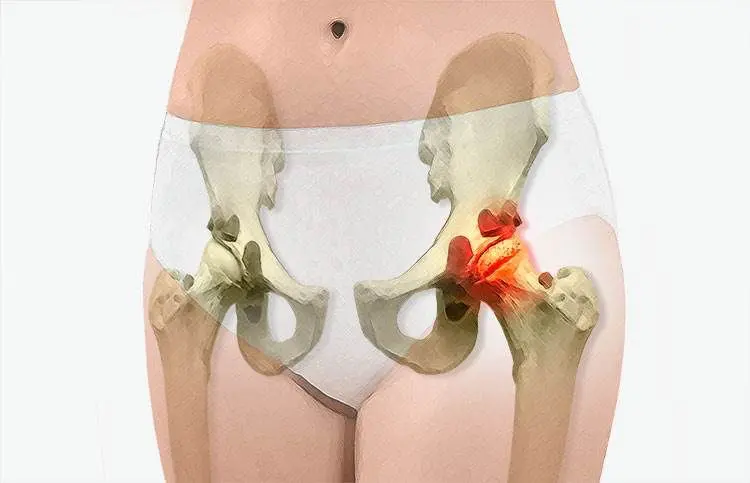Hip replacement surgery can be performed under general or epidural anesthesia. The procedure lasts between 1 and 2 hours, and requires about 5 days of hospitalization.
The orthopedic surgeon begins by making a short incision (8 to 10 cm) in the posterior external part of the buttocks, then progresses slowly until he reaches the joint. The joint is then dislocated to facilitate the surgeon’s task.
The surgeon then proceeds to section (very carefully and precisely) the femoral head and neck. The acetabulum is also cut and prepared by a series of milling operations.
Once the damaged joint areas have been removed, the hip prosthesis can be inserted and the incision re-sewn with absorbable sutures.


